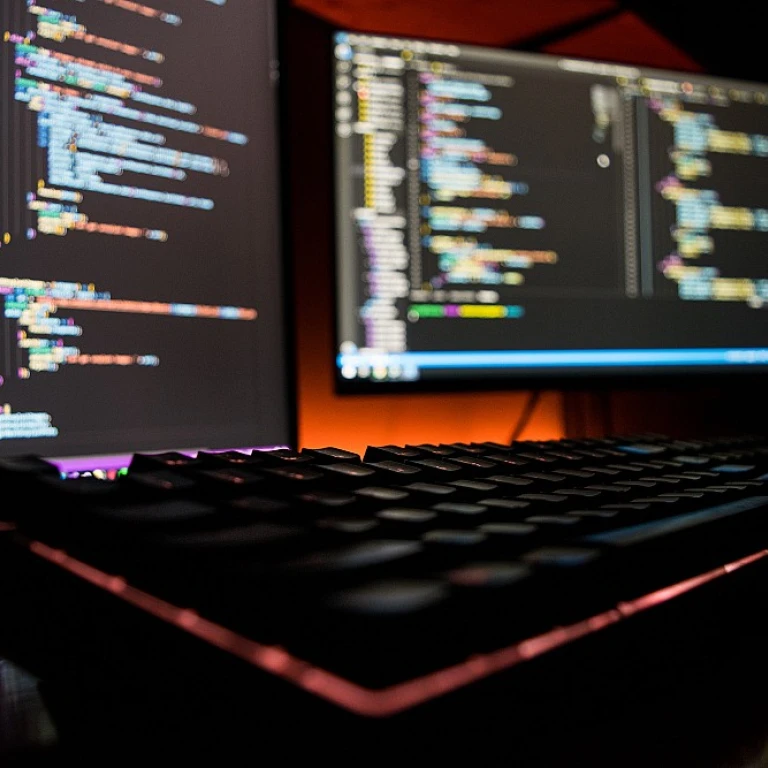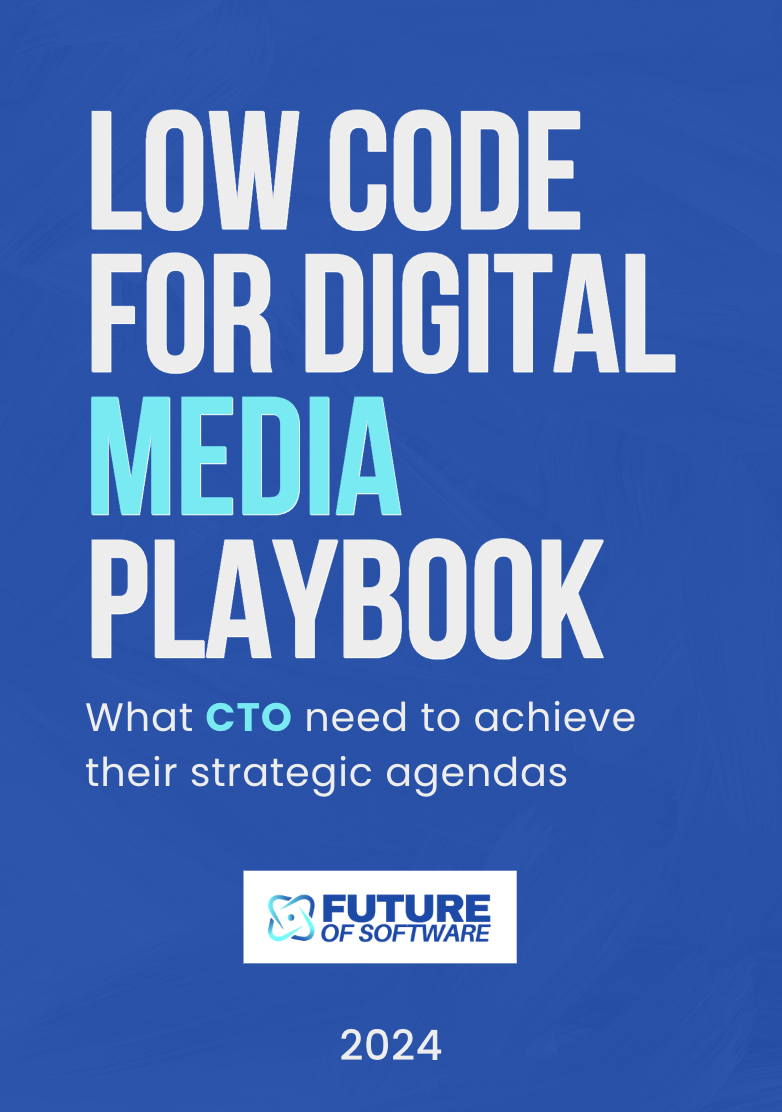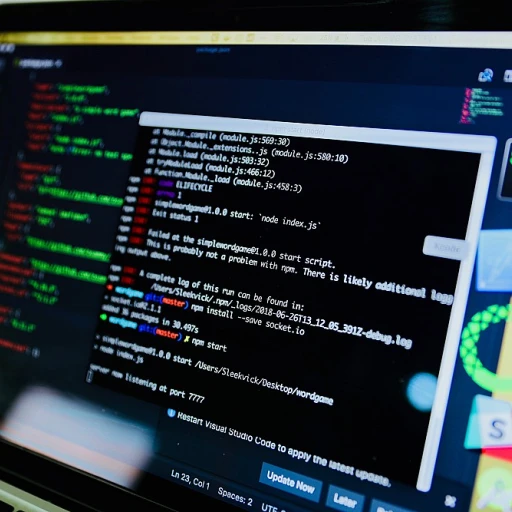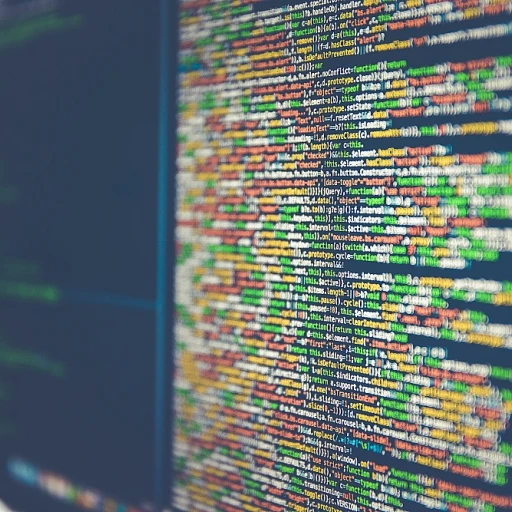
The Rise of AI in Indie Game Development
The Emergence of AI in Indie Game Development
The indie game development scene has witnessed a significant transformation with the integration of artificial intelligence (AI). This shift is reshaping how developers create games, offering new possibilities for creativity and efficiency. AI-driven tools are becoming indispensable in the gaming industry, enabling indie developers to generate content that was previously unimaginable.
One of the key advantages of AI in game development is its ability to handle procedural content generation. This technology allows developers to create vast, dynamic worlds with minimal resources, a crucial factor for indie developers who often work with limited budgets and time constraints. AI-based systems can generate levels, NPCs, and other game elements in real time, enhancing the overall gaming experience for players.
AI is not just about automating tasks; it also opens up new avenues for creativity. By leveraging machine learning algorithms, developers can design unique gameplay experiences that adapt to player actions. This adaptability ensures that each player's journey through a game is distinct, adding a layer of personalization that was difficult to achieve in the past.
As AI continues to evolve, its role in indie game development is expected to grow. Developers are increasingly relying on AI-driven solutions to enhance their creative processes, leading to more innovative and engaging games. For a deeper dive into how AI is shaping the future of software creation, you can explore AI-powered software creation.
How AI-Generated Levels Enhance Creativity
AI-Generated Levels: A New Frontier in Creativity
In the evolving landscape of indie game development, artificial intelligence is playing a pivotal role in transforming how developers create engaging gaming experiences. AI-driven level design is at the forefront of this transformation, offering a fresh approach to creativity that enhances both the development process and the player's experience.
One of the most significant advantages of AI-generated levels is the ability to produce diverse and dynamic content in real time. This procedural generation allows game developers to craft unique environments and challenges that adapt to player actions, ensuring each gameplay session feels fresh and exciting. By leveraging machine learning algorithms, developers can analyze player behavior and preferences, tailoring the game design to create more personalized experiences.
AI tools are also enabling indie developers to push the boundaries of creativity without the constraints of traditional development methods. These tools can automate repetitive tasks, freeing up time for developers to focus on more innovative aspects of game design. As a result, indie games can offer more complex and immersive worlds, filled with procedurally generated content that responds to the player's choices and actions.
Moreover, AI-driven content generation is not limited to level design. It extends to other elements such as NPCs and storylines, allowing for a richer and more interactive gaming experience. By integrating AI into the core of game development, indie developers can create games that are not only visually stunning but also deeply engaging and responsive to the player's journey.
For those interested in exploring how predictive analytics is influencing software development, you can read more about it here.
Challenges and Limitations of AI in Game Design
Overcoming AI's Constraints in Game Design
As indie developers increasingly turn to artificial intelligence to enhance their game development processes, they encounter several challenges and limitations that need careful navigation. While AI-driven tools offer remarkable capabilities in procedural generation and content creation, they also present unique hurdles that can impact the overall gaming experience.
One of the primary challenges is the complexity of AI integration. Game developers must ensure that AI-generated content aligns with the game's design philosophy and player expectations. This requires a deep understanding of both the technical aspects of AI and the creative vision of the game. Balancing these elements can be a daunting task, especially for smaller indie teams with limited resources.
Another significant limitation is the lack of human touch in AI-generated levels. While procedural content can create vast and varied gaming environments, it often lacks the nuanced storytelling and emotional depth that human designers bring to the table. This can lead to a disconnect between the game's narrative and its procedural elements, potentially affecting player engagement and immersion.
Moreover, AI-driven tools can sometimes produce unpredictable results. Machine learning algorithms, while powerful, are not infallible. They can generate content that is either too repetitive or lacks the intended challenge, which can detract from the player's experience. Developers must constantly fine-tune these algorithms to ensure they produce high-quality, engaging content.
Additionally, the ethical considerations of AI in game design cannot be overlooked. As AI systems become more sophisticated, questions arise about the extent to which they should influence game development. Developers must consider the implications of relying heavily on AI, ensuring that it complements rather than replaces human creativity.
Despite these challenges, the potential of AI in indie game development remains immense. As discussed in the impact of BIA in cloud computing, advancements in technology continue to push the boundaries of what is possible, offering new opportunities for innovation and creativity in the gaming industry.
Case Studies: Successful Indie Games Using AI
Real-World Success Stories in AI-Driven Indie Games
In the evolving landscape of indie game development, several titles have successfully integrated AI to enhance gameplay and player experience. These games showcase how AI can be a powerful tool for developers, enabling them to create dynamic and engaging content that resonates with players.
One notable example is a game that uses procedural generation to craft unique levels each time a player embarks on a new adventure. This approach not only saves development time but also ensures that players encounter fresh challenges, keeping the gameplay exciting and unpredictable. By leveraging machine learning algorithms, developers can design levels that adapt to player actions, offering a personalized gaming experience.
Another success story involves a game where AI-driven NPCs (non-player characters) react in real time to the player's decisions. This creates a more immersive and interactive environment, as players feel their choices have a tangible impact on the game's world. Such innovations in AI-driven content generation allow indie developers to push the boundaries of traditional game design, offering experiences that were previously unattainable without large development teams.
These case studies highlight the potential of AI in transforming the indie gaming industry. By embracing AI tools, developers can focus more on creativity and less on the repetitive aspects of game development. As AI technology continues to advance, we can expect even more groundbreaking indie games that redefine player engagement and creativity.
The Future of AI in Indie Game Creativity
AI's Potential to Revolutionize Indie Game Creativity
The future of AI in indie game creativity is poised to be transformative, offering a plethora of opportunities for developers to innovate and enhance gaming experiences. As AI-driven tools become more sophisticated, they are expected to play a pivotal role in the evolution of game development, particularly for indie developers who often face resource constraints.
AI's ability to generate content in real time allows developers to focus on crafting unique gameplay experiences. By leveraging machine learning algorithms, developers can create dynamic and engaging levels that adapt to player actions, ensuring that each playthrough feels fresh and challenging. This procedural content generation not only saves time but also opens up new avenues for creativity.
Enhancing Player Engagement Through AI
AI-driven level design can significantly enhance player engagement by offering personalized gaming experiences. By analyzing player behavior and preferences, AI can tailor game content to suit individual play styles, making games more immersive and enjoyable. This level of customization was previously unattainable, but with AI, it becomes a reality, allowing players to feel more connected to the game world.
Empowering Indie Developers with Advanced Tools
For indie developers, AI tools provide an opportunity to compete with larger studios by enabling the creation of high-quality content without the need for extensive resources. These tools can automate various aspects of game design, from generating NPCs to designing intricate levels, allowing developers to focus on the creative aspects of game development. As AI technology continues to advance, it will become an indispensable part of the indie game development toolkit.
In conclusion, the integration of AI in indie game development holds immense potential for the future. By balancing human creativity with AI innovation, developers can push the boundaries of what is possible in video games, creating experiences that are not only entertaining but also deeply engaging for players.
Balancing Human Creativity with AI Innovation
Finding Harmony Between Human and AI Creativity
In the evolving landscape of indie game development, the integration of artificial intelligence into the creative process presents both exciting opportunities and complex challenges. As AI-driven tools become more prevalent in game design, developers are tasked with finding a balance between leveraging these technologies and preserving the unique human touch that defines indie games.
AI can significantly enhance the efficiency of game development, offering tools that assist in procedural generation and real-time content creation. These capabilities allow developers to focus more on crafting engaging narratives and unique gaming experiences. However, the risk lies in over-reliance on AI, which can lead to homogenized gameplay and a loss of the distinctiveness that players often seek in indie games.
To maintain this balance, indie developers must carefully consider how AI is integrated into their workflows. Here are some strategies:
- Collaborative Design: Use AI as a collaborative partner rather than a replacement for human creativity. By allowing AI to handle repetitive tasks, developers can focus on innovative game design and storytelling.
- Player-Centric Development: Keep the player's experience at the forefront. AI can help tailor gaming experiences based on player actions, but developers should ensure that the core vision of the game remains intact.
- Iterative Testing: Regularly test AI-generated content with real players to gather feedback and make necessary adjustments. This ensures that the game remains engaging and true to its original concept.
Ultimately, the future of AI in indie game creativity hinges on the ability of developers to harness these tools without losing the essence of what makes their games unique. By striking a balance between human creativity and AI innovation, the gaming industry can continue to produce diverse and captivating experiences for players worldwide.















